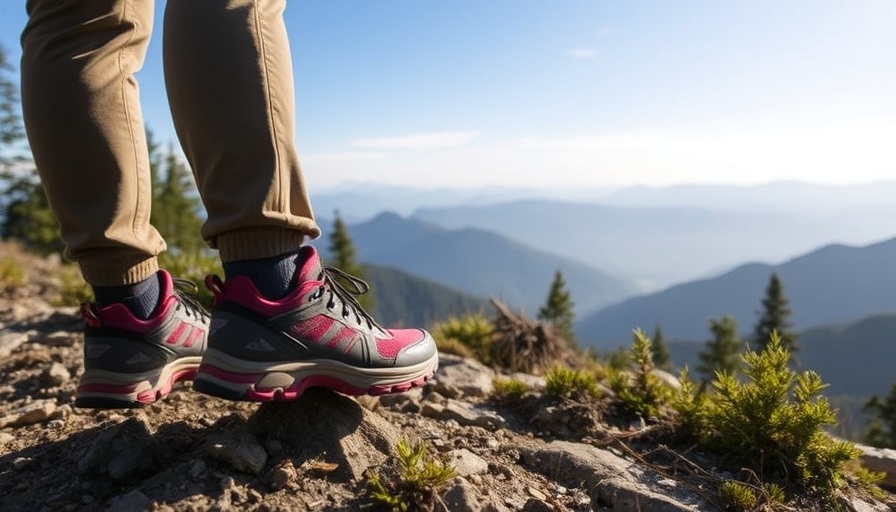
Microplastics: Hidden Pollutants in Our Pristine Wilderness
A recent study brings alarming news for nature lovers and outdoor enthusiasts: our hiking shoes and outdoor gear could be contributing significantly to microplastic pollution in even the most remote wilderness areas. This research, conducted in the scenic Adirondack mountain lakes of New York, has revealed that hiking traffic is a major source of microplastics that seep into these otherwise untainted habitats.
The Eye-Opening Statistics
The study compared two lakes, one frequented by hikers and the other untouched by human activity. Researchers found that microplastic levels in Lake Tear of the Clouds, which sees heavy foot traffic, were approximately 23 times higher than those in neighboring Moss Pond, a remote body of water. Specifically, Lake Tear showed about 16.54 microplastic particles per milliliter (mL), an increase from 9.45 particles per mL just a year prior. In contrast, Moss Pond had only 0.73 particles per mL, showcasing the stark difference in pollution levels.
Why Are Hiking Shoes and Gear to Blame?
Microplastics are small plastic particles resulting from the breakdown of larger plastics or intentionally added to certain products. Lightweight trail shoes and synthetic clothing are believed to shed these tiny particles whenever hikers trek through the wilderness. This shedding is somewhat akin to tire wear, where tiny rubber particles are released into the environment over time. According to Tim Keyes, a scientist involved in the study, the evidence is compelling, indicating that hiker activity leads to increased microplastic pollution in surrounding waters.
Potential Health Hazards
While the immediate visual appeal of nature remains intact, the impact of microplastics is less visible but equally concerning. These particles can harbor a variety of harmful chemicals, such as BPA and phthalates, which have been linked to serious health issues. With microplastics detectable in the human body and associated with chronic respiratory conditions, their presence in our drinking water sources should raise alarms among public health officials and outdoor enthusiasts alike.
Taking Action for a Sustainable Future
With the staggering implications of microplastic pollution, it's crucial for outdoor enthusiasts to rethink their hiking gear choices. Experts recommend opting for hard-rubber-sole shoes instead of soft-soled ones, as the former tend to shed fewer microplastics. Additionally, consider wearing clothes made from natural fibers rather than synthetic materials whenever possible.
Encouraging Eco-Friendly Innovations
The study served as a wake-up call not only for hikers but also for the outdoor gear industry. To effectively tackle the issue of microplastic pollution, manufacturers are encouraged to develop clothing and footwear that minimizes the release of plastic particles. Innovations in material science and sustainable manufacturing could lead to a future where our beloved outdoor gear does not come at the expense of nature.
Conclusion: Every Choice Counts
The evidence is clear: even the most pristine areas can be affected by the choices we make in our daily lives and recreational activities. As we strive for sustainability in our personal lives, let’s extend that commitment to our outdoor adventures as well. Be mindful of the gear you choose and support brands that prioritize eco-conscious practices. It’s time we act responsibly, ensuring our treasured natural landscapes remain untainted for generations to come.
 Add Row
Add Row  Add
Add 





Write A Comment